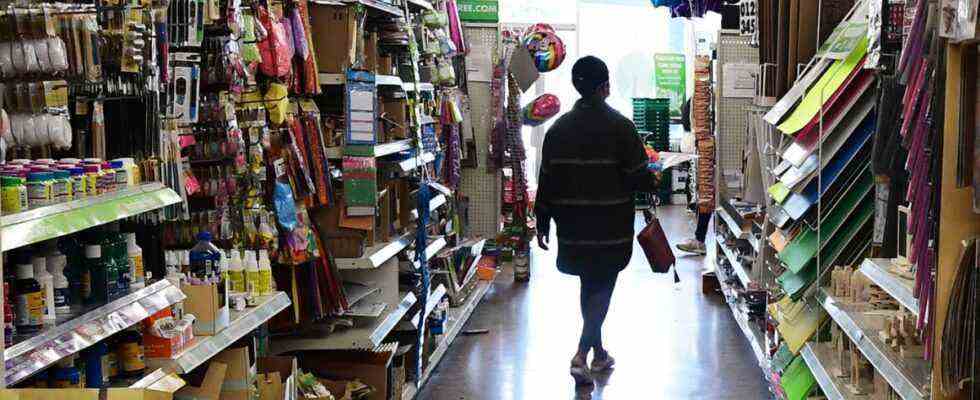It is certainly not insulting Jerome Powell to state that central bankers are not usually prone to daredevil experiments. And yet what the head of the US Federal Reserve and his colleagues are planning in the coming months is exactly that: a daring experiment with an uncertain outcome. Because the inflation rate of seven percent has recently reached a dimension that the United States has not experienced in four decades, the Fed not only feels compelled to abandon the zero interest rate policy caused by the corona and gradually raise its guidelines. On the contrary, after two years of actively supporting the economy, it also wants to stop buying government bonds and begin to gradually reduce its grotesquely inflated securities holdings again.
There has never been an attempt of this magnitude in the central bank’s 109-year history. Accordingly, the experts are divided as to whether companies, banks, citizens and financial markets can cope with the drastic cure, or whether there will be economic slumps, unemployment and price falls. The Fed, wrote Mohamed El-Erian, chief economic adviser at Allianz, in his column for the news agency Bloomberg, truly venture “into uncharted waters” with their plans.
The central bank’s Monetary Policy Committee met in Washington this Wednesday to discuss the roadmap for the first half of the year. The results of the meeting were not yet available at the time this issue went to press. However, the 18 committee members had already made it clear at the previous meeting in mid-December that they would probably raise their key interest rate, the so-called overnight target range, at least three times in 2022 by a quarter point each. The corridor, which was lowered to zero to 0.25 percent immediately after the start of the pandemic, would then be 0.75 to one percent. Most experts are now expecting four, a few even six or even more rate hikes by December. Either way, the turnaround will have consequences for interest rates on loans and stock market prices far beyond the United States – and thus for car buyers, builders, savers, credit card owners and highly indebted governments, among others.
Ammunition is being withdrawn from the course fireworks on the stock exchanges
As early as March, the Fed also wants to end its program to purchase government bonds and mortgage-backed securities, with which it has long pumped $120 billion a month into the financial system and kept long-term interest rates low. This means that a second pillar of economic support is gone, which the central bank no longer thinks is necessary in view of decent growth rates and an unemployment rate of just 3.9 percent. Many experts expect that the Fed will not only stop making additional purchases, but will even start not replacing maturing bonds with new ones this year. In this way, the securities portfolio, which had grown to a volume of almost nine trillion dollars (approximately eight trillion euros) over the years as a result of several economic stimulus programs, could be slowly reduced again. At the same time, however, the stock exchanges would be deprived of some of the liquidity that the price fireworks between March 2020 and December 2021 had always supplied with new ammunition.
It had always been clear to all market participants that the Fed would eventually stop buying securities, raise key interest rates again and run down its huge deposits. That everything is coming at the same time – but most of them probably didn’t expect that. If you believe Allianz advisor El-Erian, who once managed the subsidiary Pimco and is now head of Queens College at the University of Cambridge in England, then the scenario could have been completely avoided: if the Fed had responded to the warnings in the spring of last year, instead According to the economist, to claim that the inflation problem will solve itself on its own would not mean chasing after developments. Powell and his colleagues reminded him of a football team that had been doing too little for a long time and was now behind shortly before the end of the game and therefore had to rush forward with man and mouse – at the risk of catching a counterattack and even more losing the game.

